Understanding Bonneville streamliners, lakesters, and roadsters
The recipe for success on the salt flats and dry lake beds of Bonneville is a generous helping of power and traction with as little aerodynamic drag as possible. In order to level the playing field among entrants, however, racers must be grouped into specific classes. We already covered the basics of the SCTA’s engine and fuel classes, but that only deals with the horsepower part of the recipe. The Southern California Timing Association (SCTA) also created dozens of car classes so that competitors can push the envelope in design or recreate hot rods of the 1940s and still have a place in the record books.
Unlike the engine classes, which are pretty simple, the car classes can get nuanced, and a car can built for one class could get kicked into a different one due to modifications that fall outside of the rulebook. We won’t get into the weeds here; we’ll just a brief explanation of what makes the most popular land speed car classes different and how you can determine that based on the car’s class lettering.
A quick reminder—you’ll want to read the intro to our Bonneville class guide first. Later-model coupes, sports cars, and trucks will come later.
S — Streamliner

The fastest class at Bonneville contains the streamliners, with chassis and bodywork custom-built for high-speed racing. Streamliners must have four wheels, although the front two wheels are often mounted one in front of the other, and at least two of the wheels must be covered in bodywork.
Putting what we’ve already told you about the engine, fuel, and induction codes to work, the B/BGS lettering on Ed Umland’s car translates into an engine between 373 and 439.99 cubic inches that uses forced induction and burns gasoline.
L — Lakester
Imagine a streamliner with all four wheels outside of its body. That’s a lakester. Named for the dry lakes where they race, some of the most iconic lakesters were made from P-38 Lightning drop tanks, earning them the name “belly tank lakesters.”
E, T, and S — Electric, Turbine, and Steam

We mentioned electric-, turbine-, and steam-powered cars when we talked about engines, but each propulsion method also designates a car class that is labeled with E, T, or S respectively. It sounds confusing at first, but there are no restrictions to what kind of body is used in these classes, all but guaranteeing that competitors will opt to build streamliners in an attempt to minimize drag.
MR — Modified Roadster

These cars start with American-built roadsters from 1923–38, or recreations thereof. From there, car builders can move the engine rearward, up to half the length of the wheelbase. The driver can move rearward to any point in front of the rear axle, but they must remain behind the engine. There are lots of aerodynamic modifications allowed, including a tonneau over the passenger compartment and a fairing behind the headrest.
RMR — Rear-Engine Modified Roadster
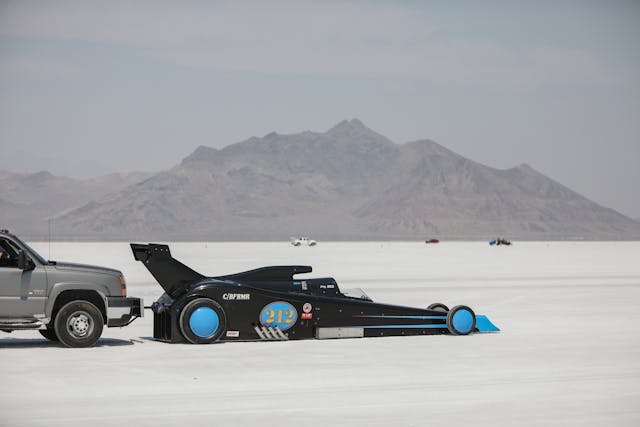
Just like modified roadsters, these cars start with American-built roadsters from 1923–38 and have a lot of leeway for channeling, belly pans, and streamlining. However, teams in this class can move their car’s engine to the rear and the driver to the front. The resulting vehicles can look quite a bit like lakesters.
FR/GR — Fuel/Gas Roadster
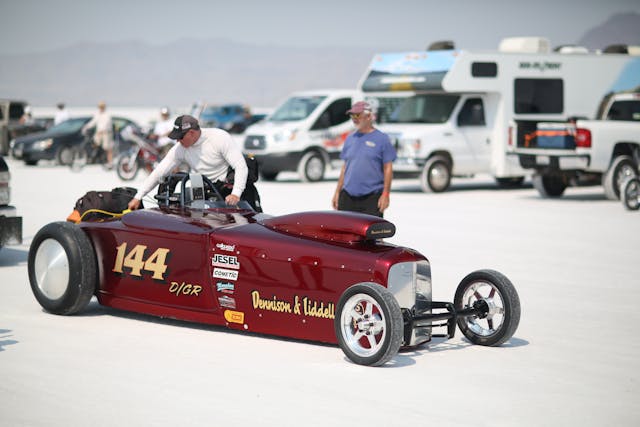
These racers start with a 1928–38 American roadster. The engine may be moved rearward up to 25 percent of the car’s wheelbase, with the driver placed behind the engine and in front of the rear axle. Unlike the previous vintage classes mentioned, these roadsters have to follow even more strict rules about their bodywork and must mount an original-style grille up front. No additional tanks or bodywork can be placed in front of the grille.
AIR — American Iron Roadster
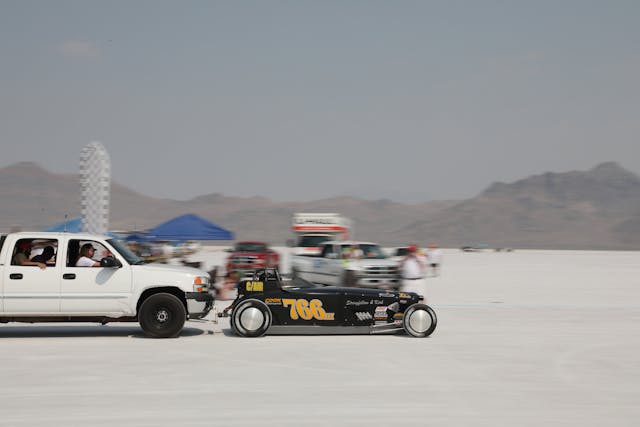
All of the rules that apply to the FR/GR class apply here, but the engine used must be from a production American car or pickup prior to 1973 with an iron block and cylinder head. Welding or brazing is only allowed on the block or head for the purpose of repair, so exotic port rerouting is out of the question. The only engine class in AIR is C, so maximum engine displacement is 373.99 cubic inches. Electronic fuel injection, computer controlled ignition, and data collection methods are all prohibited.
STR — Street Roadster

As the name implies, street roadster cars are as close to street-spec as possible. The body requirements are the most strict among any roadster class, with no modifications allowed to the “height, width, or contour” of the body. The driver must sit in the original location. These cars even have to have a horn, a taillight, and a pair of forward-facing headlights in the factory location.
VOT/VMOT — Vintage Oval Track/Vintage Midget Oval Track

Just like it sounds, this class is for dirt track or Indy-style speedway roadsters with tapered cowls and tails. Engines are limited to American-made blocks of pre-1948 design. Each entrant must “resemble historic, documented cars and be in period-correct relation.” This class requires open wheels, so later-model retired race cars, like former NASCAR entries, must run time-only and cannot set a record.

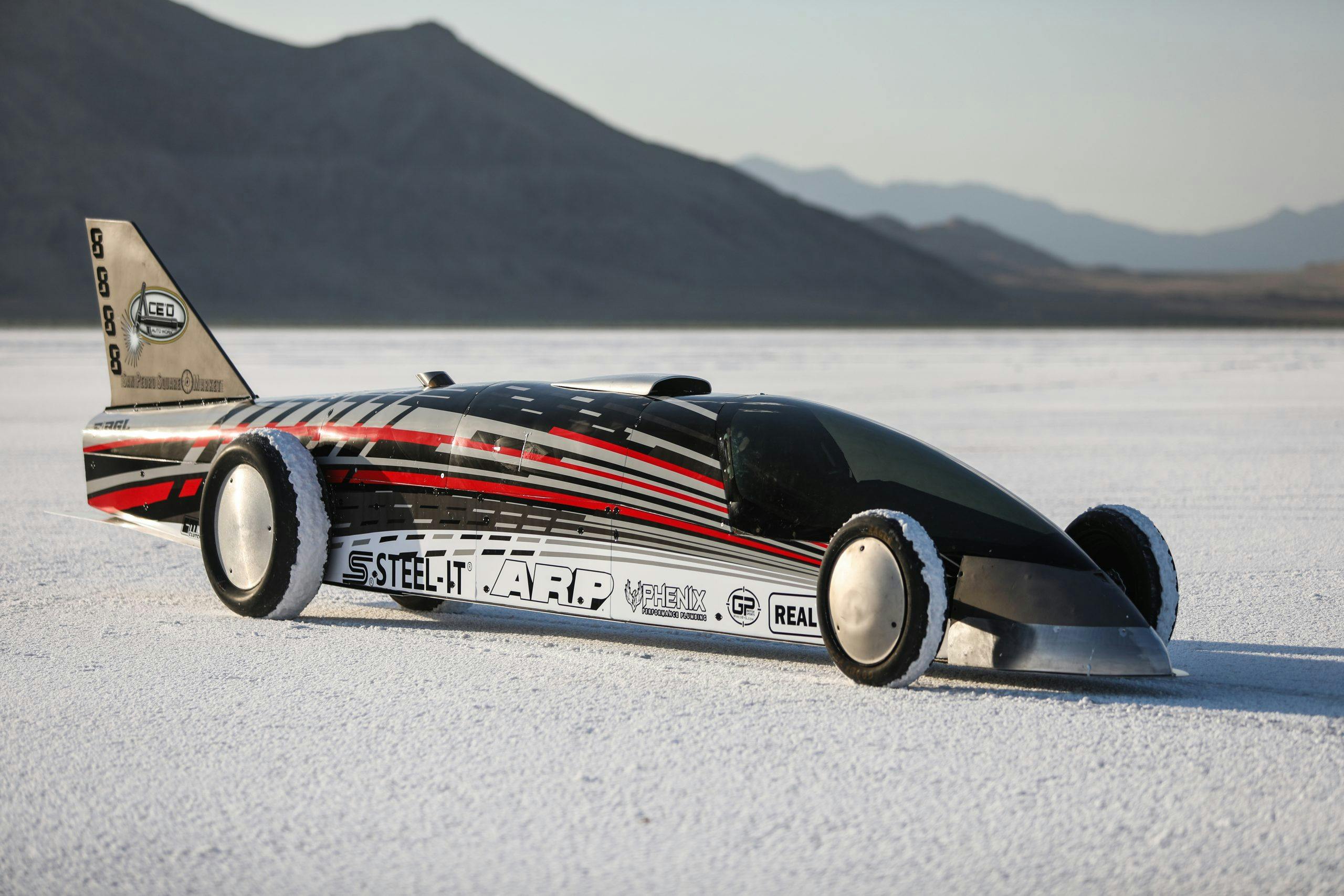
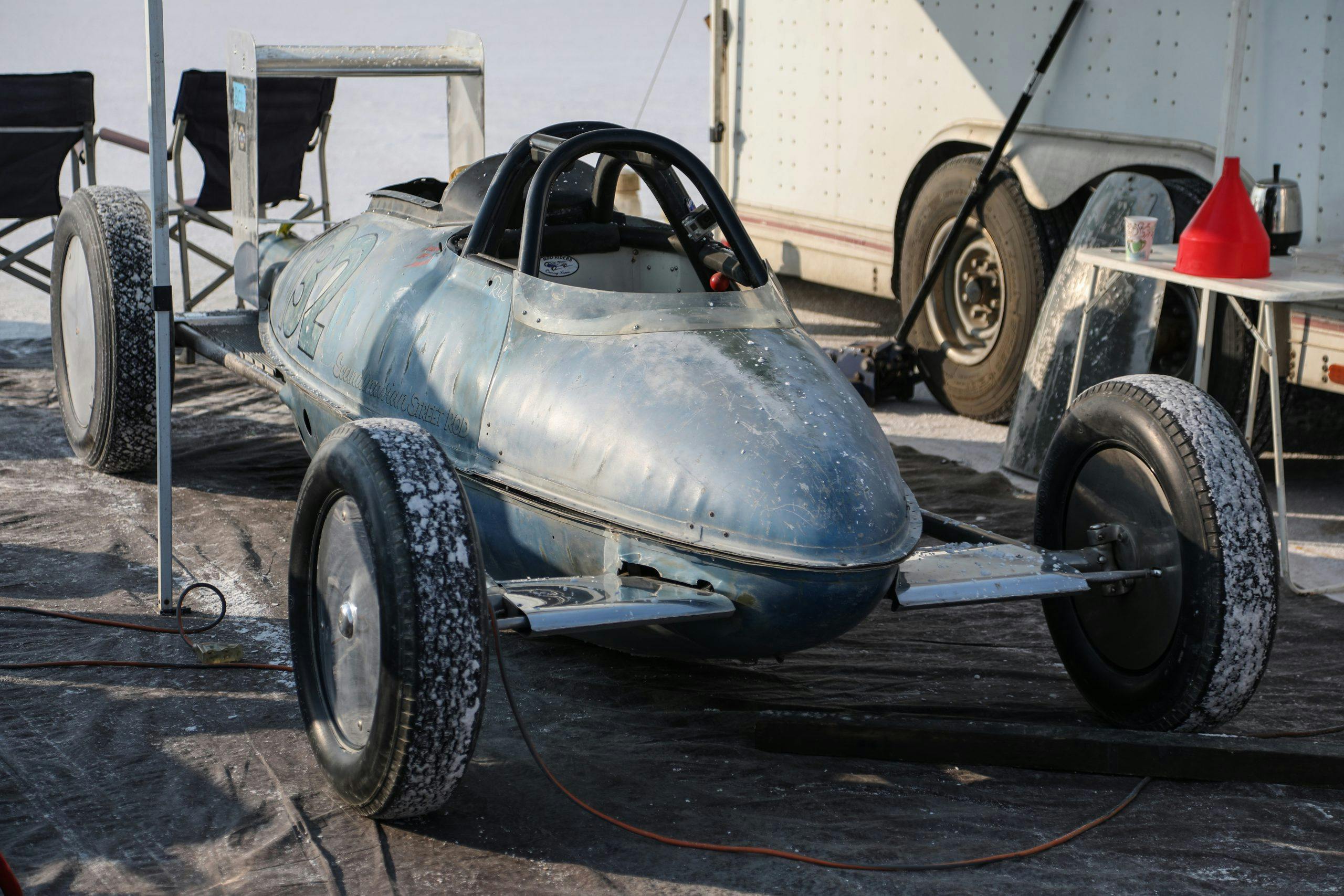

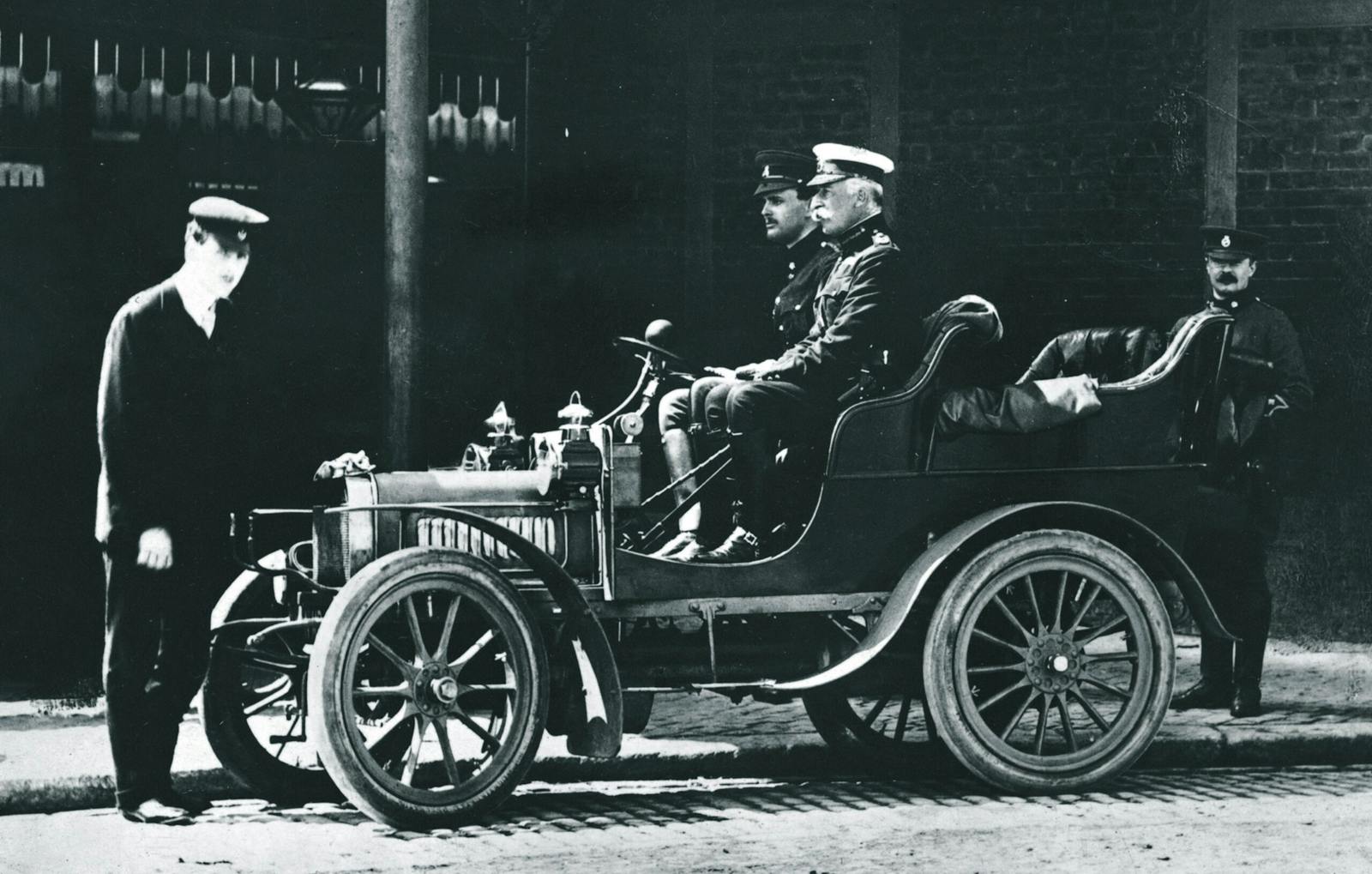
In the Lakester class NO wheels can be covered or streamlined in any way.
I run a lakester in the K/BGL class #7676
is a Roadster pickup just a roadster or RPU ?